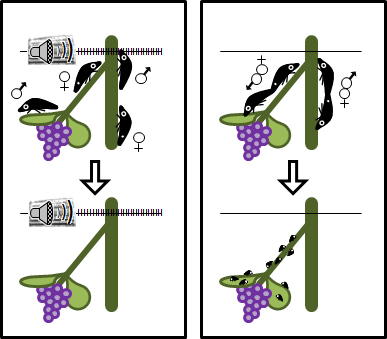
by Shira | Mar 30, 2018
BACKGROUND Glassy-winged sharpshooter (GWSS), Homalodisca vitripennis (Germar) (Hemiptera: Cicadellidae) is an important vector of the bacterium Xylella fastidiosa, the causal agent of Pierce’s disease of grapevine. Area-wide insecticide applications have suppressed...
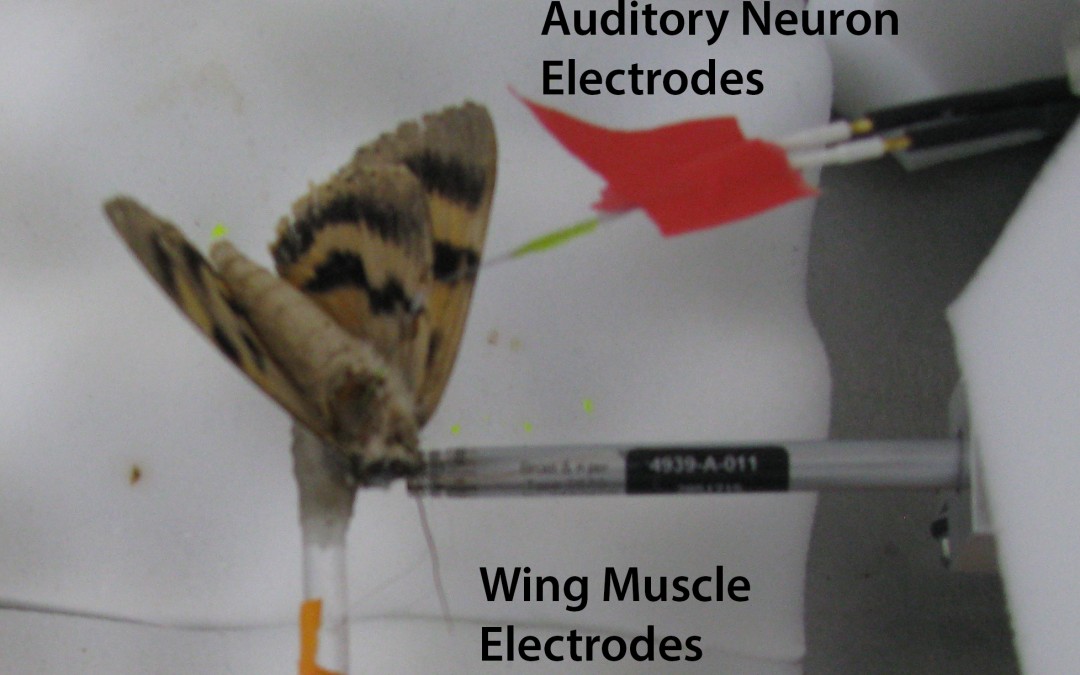
by Shira | Feb 2, 2018
Abstract: Animals co-occur with multiple predators, making sensory systems that can encode information about diverse predators advantageous. Moths in the families Noctuidae and Erebidae have ears with two auditory receptor cells (A1 and A2) used to detect the...
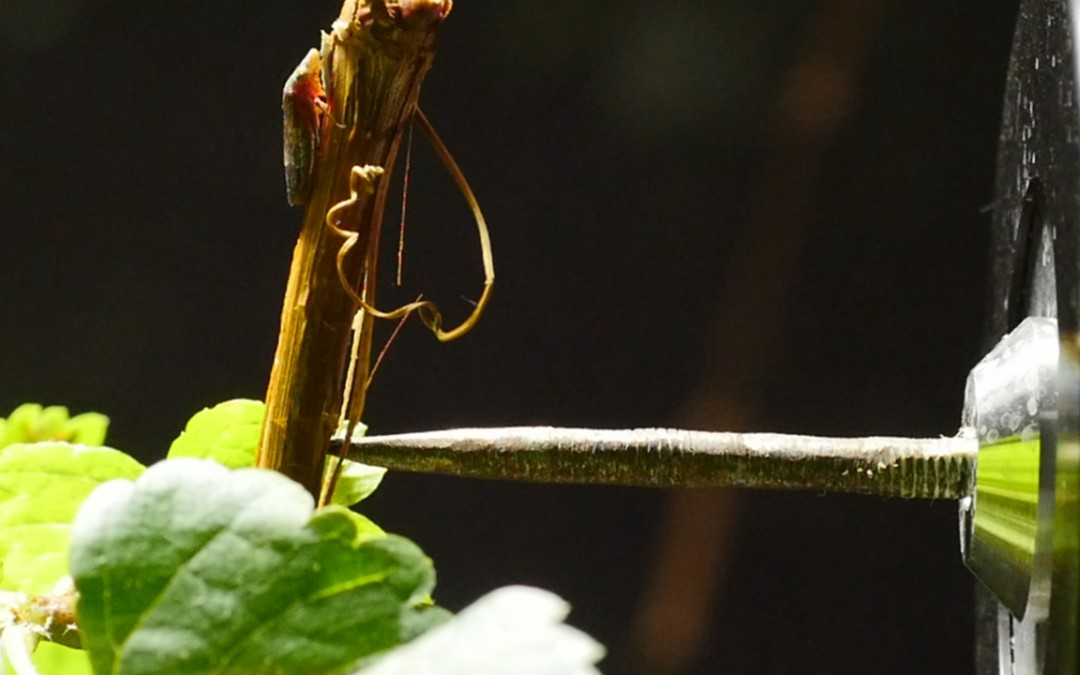
by Shira | May 19, 2017
The glassy-winged sharpshooter (GWSS), Homalodisca vitripennis, is an important pest of grapevines due to its ability to transmit Xylella fastidiosa, the causal agent of Pierce’s disease. GWSS mating communication is based on vibrational signals; therefore,...
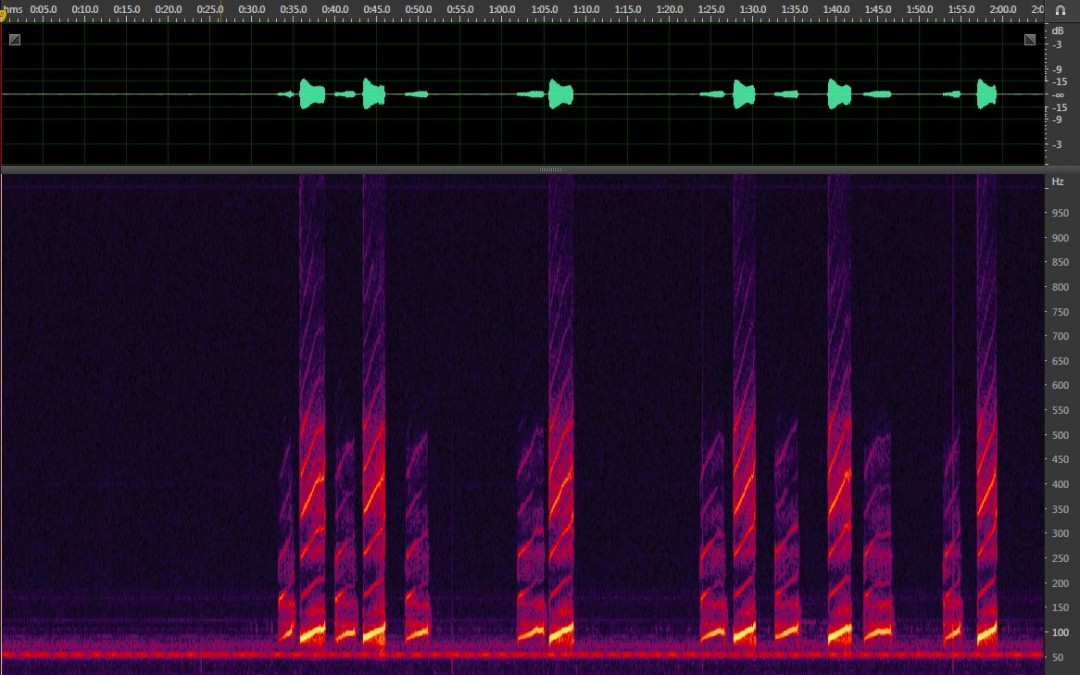
by Shira | Apr 11, 2017
Animal communication is a complex behavior that is influenced by abiotic and biotic factors of the environment. Glassy-winged sharpshooters (GWSS), Homalodisca vitripennis (Germar) (Hemiptera: Cicadellidae), primarily use vibrational signaling for courtship...
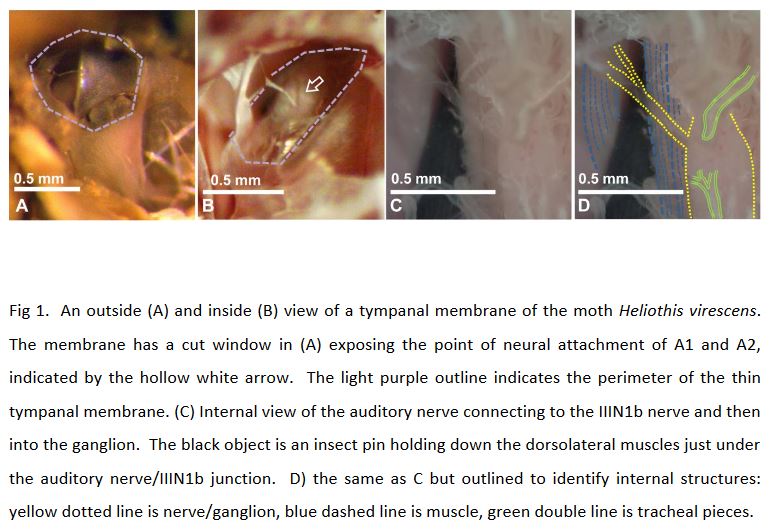
by Shira | Mar 21, 2017
The ear of the noctuid moth has only two auditory neurons, A1 and A2, which function in detecting predatory bats. However, the noctuid’s ears are located on the thorax behind the wings. Therefore, since these moths need to hear during flight, it was hypothesized...







Recent Comments